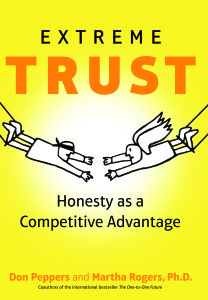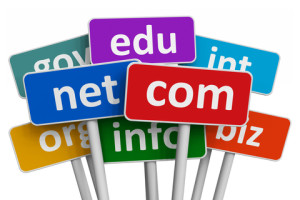 Toward the end of 2015, I decided to try again in 2016 to start my own venture and to forge my own path. Originally, I planned to write a blog post each day (or every other day) chronicling the long, hard and lonely road, especially since information about the beginning of the journey is hard to come by. Everyone talks after they're successful, after they've made it and, most likely, after others hear about them and want to talk to them about what they are doing.
Hardly anyone talks about the early days, before there's traction or product/market fit or paying customers or investments. But, I think those early days are some of the most important to talk about. I think it's important to be open about how shitty some days are and how much work it takes to get traction and product marketing fit. I think we really ought to talk about how deep you have to dig within yourself in order to keep going when no customers show up, when your product isn't working, when you're running out of money and when others tell you that you can't do it.
Toward the end of 2015, I decided to try again in 2016 to start my own venture and to forge my own path. Originally, I planned to write a blog post each day (or every other day) chronicling the long, hard and lonely road, especially since information about the beginning of the journey is hard to come by. Everyone talks after they're successful, after they've made it and, most likely, after others hear about them and want to talk to them about what they are doing.
Hardly anyone talks about the early days, before there's traction or product/market fit or paying customers or investments. But, I think those early days are some of the most important to talk about. I think it's important to be open about how shitty some days are and how much work it takes to get traction and product marketing fit. I think we really ought to talk about how deep you have to dig within yourself in order to keep going when no customers show up, when your product isn't working, when you're running out of money and when others tell you that you can't do it.
Then Why Didn't I Start the Conversation?
I don't have a good reason. I wondered what I would write about on those days where I have nothing to show for the fruits of my labors. What's there to say when I don't get the sponsorship deal, or when no one watches the stream, besides reporting that those things happened? Perhaps I would've figured what to write if I actually started writing instead of making excuses.
I understand now that not knowing what to write was a terrible reason, but better start now than never and start the conversation that I think should be had a little more often. It's a much more real conversation to have in my opinion, since success isn't overnight, no matter how much it seems to be from the outside. I also think a conversation likes this acknowledges failures and missteps as part of the process of success instead of the antitheses of success.
If All We Talk about are Winners, then What Does This Say About Losing?
Not everything is going to work. Not everyone wins. Not everyone wins every time. Not every step is a step in the right direction. This doesn't mean those steps were wrong or bad. This doesn't mean that those lonely days where no customers show up are indicative of anything personal or permanent. The days where it feels like you're banging your head against a wall are part of forging your own path, and a part of life. In hindsight, the tough moments are easier to canonize and incorporate into the larger story of success. But, on that day, without hindsight, it just sucks.
But, failures and missteps are okay. They only represent who you are if you choose to let them represent you.
So, before I can fit failures and bad days neatly into a narrative of victory, I'm going to start the conversation and document the lonely road on this venture. I know it will take a lot of hustle and hard work. I know the great things won't happen overnight.
I know a lot of people will tell my I'm crazy, that I ought to quit, that I can't do it, that it's not possible etc. Those comments are going to come. Shrugging all of that off is easier said than done. Sticking to your guns is easier said than done. I'm not writing this post and wanting to have this conversation because I'm delusional about myself and my abilities. I'm doing this, and want to do this, to showcase how hard it is not to be.










